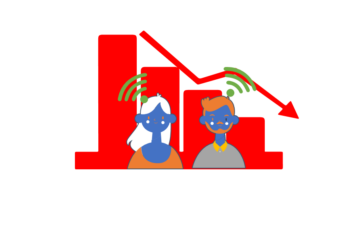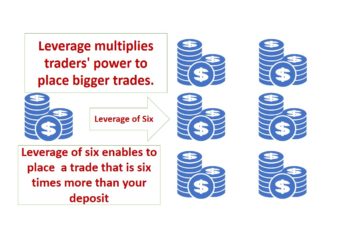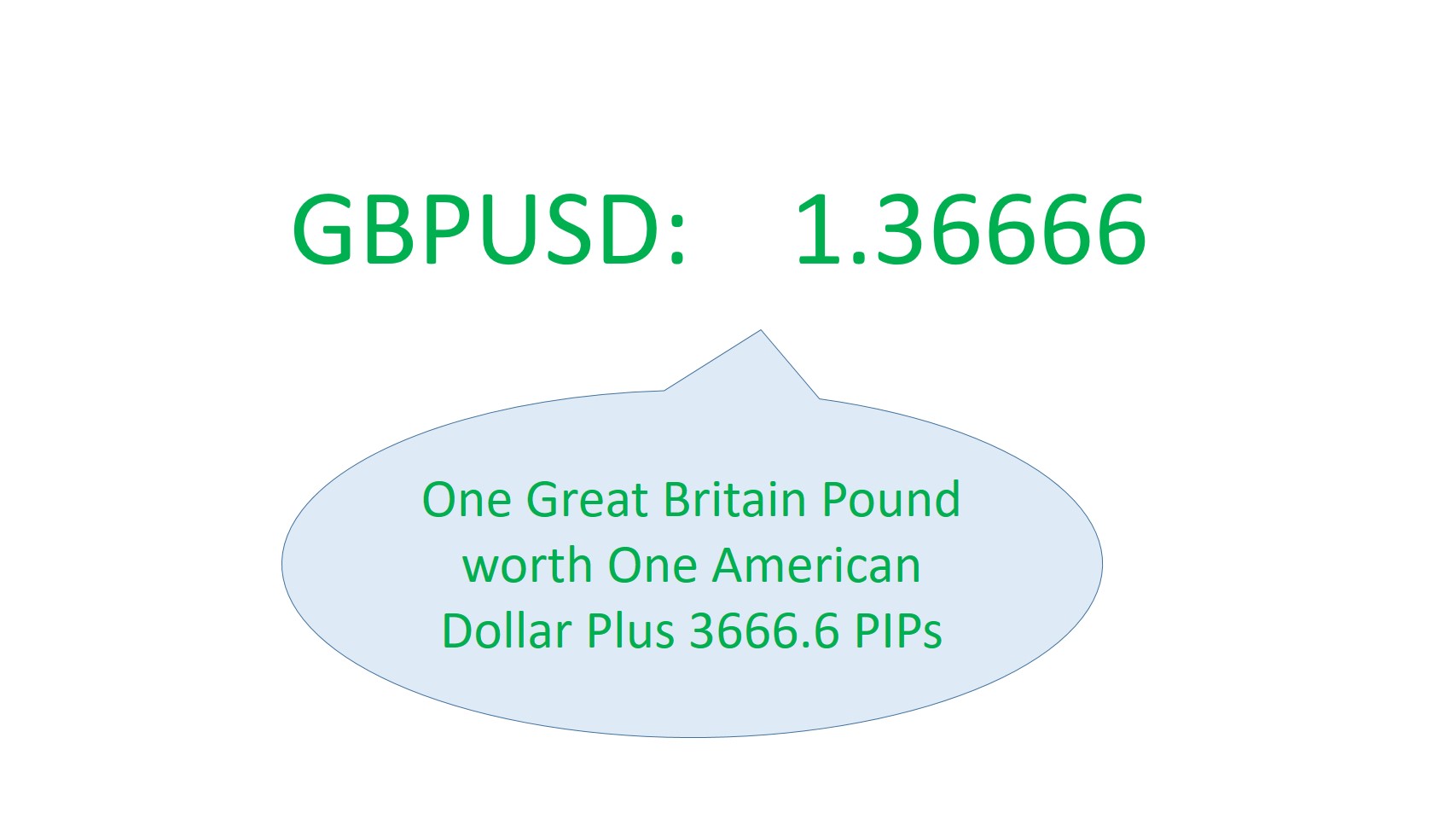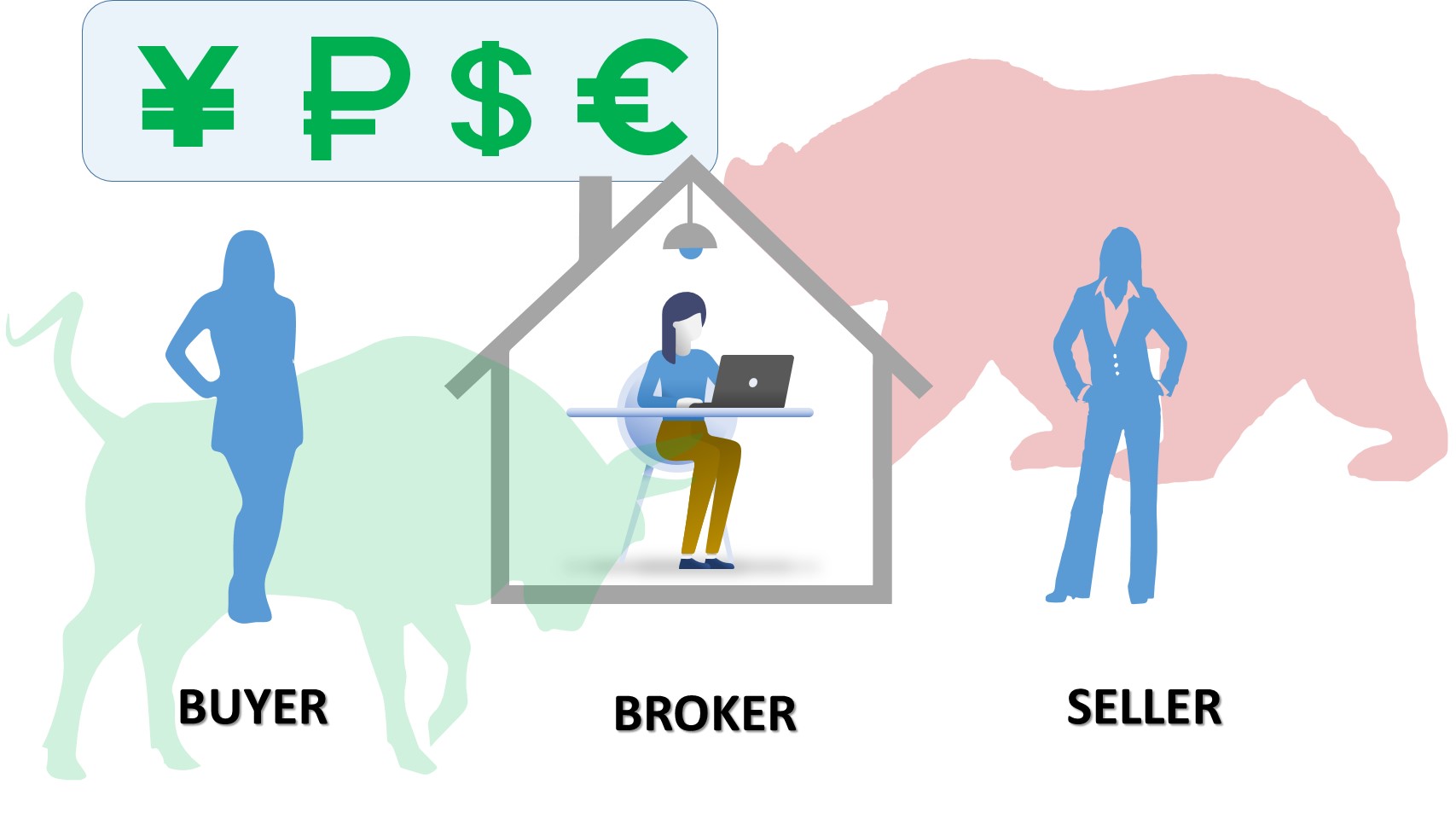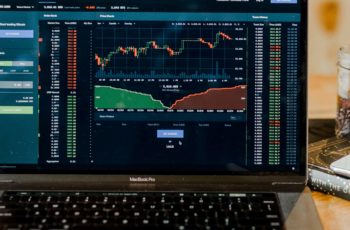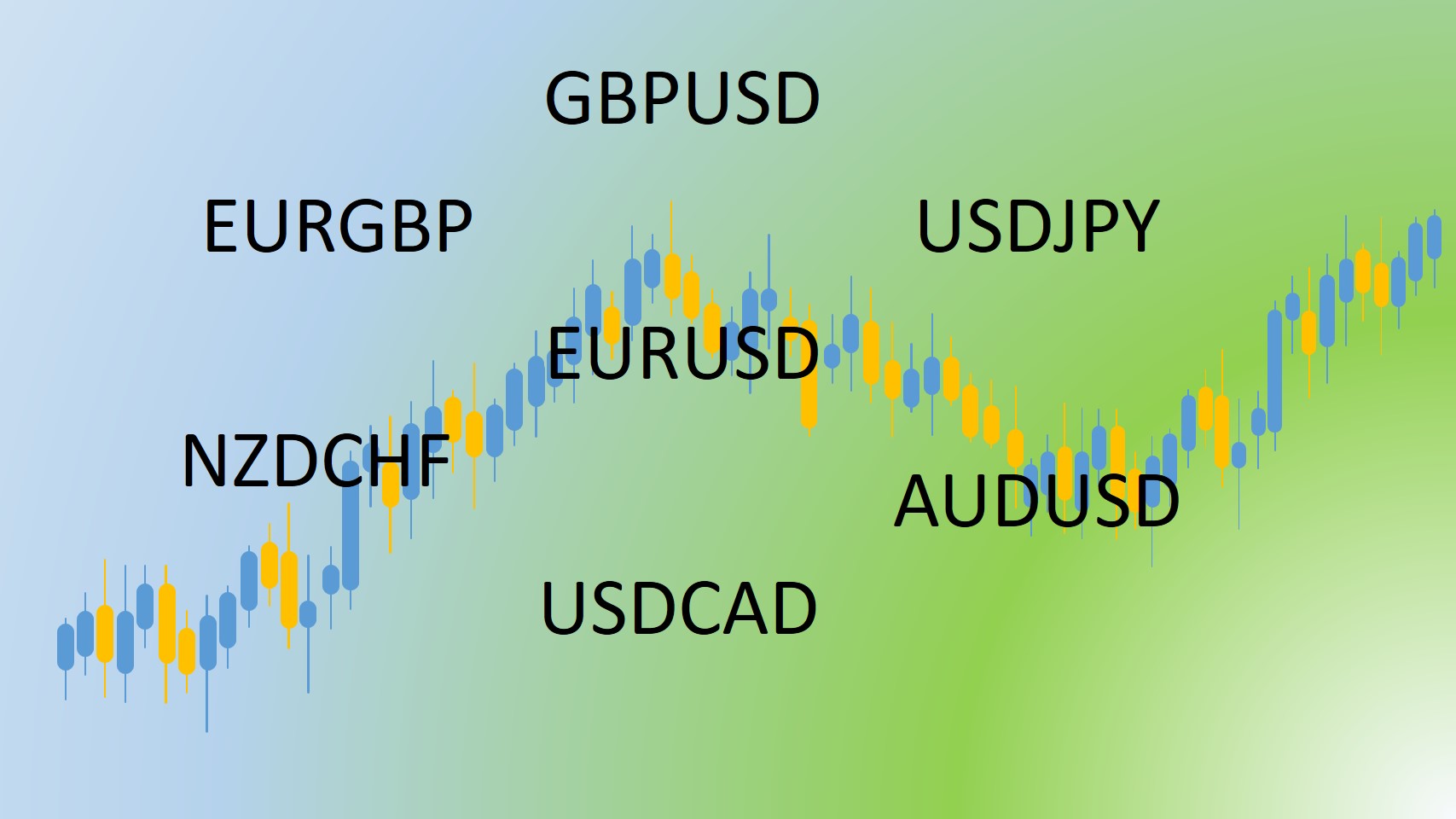Currency correlation refers to the relationship between currencies. It can be nil, positive or negative, strong or weak.
Statisticians to define the relationship between two things use correlation coefficient numbers.
Statistically, a correlation is defined between -1 and +1. The correlation of -1 between the two things states that they completely negative relationship. If the first one rise, the second should fall immediately.
On the other hand, if the correlation coefficient is +1, they are perfectly positively correlated. If the first rise, the second immediately follows.
Moreover, the correlation coefficient of zero states that there is no relationship. From zero to -1 the negative correlation increases, and from zero to +1 the positive correlation increases.
This article does not explain deeply the correlation. Here it simply explains the relationship between two currencies which is helpful for traders.
Today, markets depend on each other. So, investors should look at various currencies and their drivers to gauge economic activities. For example, inflation can be a driver that leads to higher interest rates, weaker domestic currency, and weaker stocks.
Inflation is not alone in impacting economies. Many factors can influence, such as political, monetary, and fiscal policies. And investors need to have some ideas on what could be next.
Because nations trade among themselves, their currencies’ value influences each other too. So, it is essential to know the correlations among them. For example, if the China economy declines, it decreases the purchasing power of the Yuan, and Chinese traders buy fewer metals from Australia. So, it results in a decrease in imports from China (or a decrease in Australian exports).
Types of Currencies in the Currency Correlation Analysis
There are two types currencies that analysts consider while studying currency correlations.
First, some currencies are known as commodity currencies because one commodity or multiple commodities are important part of the Gross Domestic Product (GDP) of the related country. Or in other words, a commodity currency is tight somehow to an asset such as metals, oil, or other things. For example, Canadian Dollar (CAD) is a commodity currency because oil is a major exporting product of Canada.
In the following chart, I inserted Australian Dollar Index (AXY) and Commodity Research Bureau (CRB) Index showing a positive correlation.
You see how the Australian dollar as a commodity currency moves together with commodities. However, it does not mean that they strictly move together. For example, in early 2021, AXY changed direction, but the CRB did not.
Second, some currencies are known as consumer-based currencies because consumption is the major part of the GDP of the related economy. For example, in the USA, consumption constitutes the largest part of the GDP, which makes the USD a consumer-based currency. Thus, government policies toward consumption have a huge role in the economy and its domestic currency.
The following chart shows USD Index (DXY) and the CRB index.
The United States Dollar as a consumption-based currency moves against commodity prices.
However, it moves against commodities generally, but not always. For example, from Jun 2021 both moved in the same direction.
Currency correlation is somehow related to intermarket analysis. So, I recommend you to study this article: Intermarket Analysis Guide for Beginners
Commodities Impact Currency Correlation and Trade
Currencies impact one another directly, negatively, or positively. They are all done because of trade among nations.
This article is much smaller than enough to discuss international trade. And this article does discuss it deeply.
Nations need to trade. A country that exports more than it imports has a trade surplus. On the other hand, a country that imports more than exports has a trade balance deficit.
When a country’s trade balance is positive, some countries have negative balances. In a country that has a trade surplus, its currency will appreciate because its demand increases. On the other hand, in a country that has a negative trade balance, its currency is expected to fall due to lower demand compared to the other.
Let us suppose that commodities in general appreciate. In this case, the Australian and Canadian dollars will appreciate because of huge commodity exports by Canada and Australia. On the other hand, the Japanese yen and Euro very likely fall because they need to import commodities which result in a decrease in foreign reserves.
Generally, a commodity currency has a negative relationship with a consumption currency, because the second nation buys commodities from the first. And this makes commodity exporter trade balance better toward positivity.
The following chart shows one commodity currency (AXY) and another consumption currency (DXY).
Because United States dollar is a consumption and the Australian dollar a commodity currency they move in the opposite direction.
However, a consumption currency with another consumption currency moves in the same direction because both benefits from lower prices or lose value due to higher commodity prices.
Here is an example of the Canadian dollar index and Austrian dollar index comparison. You see that both mostly move in the same direction.
The blue line represents the Canadian dollar index (CXY), and the black line shows the Australian dollar index (AXY).
We know that both are commodity currencies. That is why both move in the same direction.
Why You Should Trade a Commodity Currency Against a Consumption-Based Currency?
In a currency pair that both the base and the quote currencies are commodity-based or consumption-based currency, the volatility is lower than in a currency pair that differs. Traders are more likely to make money in a volatile market than in a market that moves in sideways.
Here is an example of AUDUSD and AUDCAD. In the AUDUSD, the AUD is a commodity currency, and in the USD a consumption currency. On the other hand, the AUDCAD, both are commodity-based currencies.
In the above chart, the AUDUSD is more volatile than AUDCAD because one of the pair constituents is a commodity and another consumption-based currency. While in the AUDCAD, both are commodity currencies.
In the above chart, I draw transparent blue vertical triangles to show the price range of AUDUSD and black triangles for AUDCAD. They show that the AUDCAD is less volatile than the AUDUSD because the price range of the AUDCAD is shorter than the AUDUSD. Thus, the AUDUSD provides more trading opportunities.
How to Use Currency Correlation in Trading Forex?
The answer is that every pair is volatile and could be a good option.
However, the first option should be to trade a currency pair if the base is a commodity the second should be a consumption currency, and vice versa.
Second, find the best currency pair that contains commodity and consumption-based currencies.
Example
For this example, I use MetaTrader 5 instead of TradingView because it is the platform that most traders have. If you are using MetaTrader 4, it looks the same. However, you can use TradingView too, but you should have a premium account. You can locate its option (layout) at the top right side of the chart.
In MetaTrader 4 and 5, the best to analyze the currency correlation is to save a profile for each currency. Open all pairs related to each currency you trade and save them as profiles. This way you can look at each currency pairs at once.
I have saved JPY, USD, EUR, GBP, AUD, and CAD profiles.
I do not upload the screenshot of all. But do screenshots of AUD and EUR profiles because the EURAUD seemed a good pair to trade. You should check all currency profiles when you do your analysis.
Look at the AUD profile.
The Australian is maybe (but not for sure) falling which is a commodity currency. And I checked the profile of other consumption-based currencies to analyze against the AUD.
From all, EUR was looking stronger.
Here is the EUR profile.
As a result, it is probably a good idea to look for trading opportunities in the EURAUD pair. You can confirm your analysis by checking economic calendar and looking chart patterns too.

